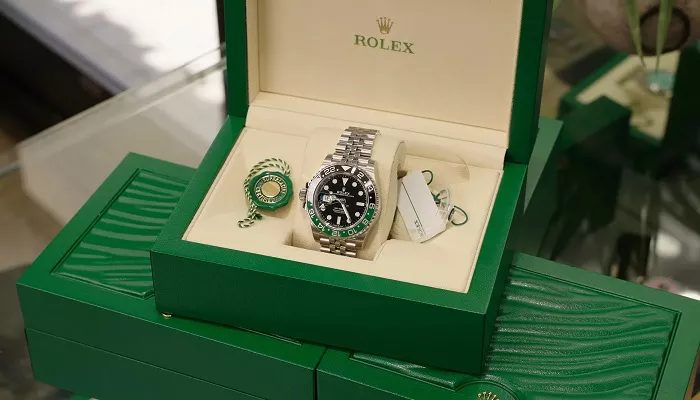The secondary market for luxury watches showed signs of stabilizing in early 2025, with prices for used Rolex models rising slightly for the first time in nearly three years. According to new data from Morgan Stanley and WatchCharts, an index tracking pre-owned Rolex prices rose 0.3% in the first quarter compared to the previous quarter.
The modest increase marks a slowdown in the overall market’s decline, following a prolonged correction after prices surged during the pandemic. Analysts say this suggests a healthier outlook for the market, especially among top-tier brands.
“Market health indicators improved for the Big Three,” Morgan Stanley wrote in its report, referring to Rolex, Patek Philippe, and Audemars Piguet. “The correction in Rolex supply levels is particularly encouraging.” These brands outperformed broader trends, as did Omega (Swatch Group) and Cartier (Richemont), which also showed resilience.
This recovery occurred before recent news of U.S. tariffs disrupted consumer confidence. A 10% tariff is still in place, and a proposed 31% duty on Swiss imports has been temporarily paused for 90 days. Swiss officials are now negotiating with U.S. counterparts to prevent further cost increases for their largest export market.
Some smaller watch brands, such as UK-based Christopher Ward, have already raised prices to reflect current tariffs. However, the report suggests that consumers may now be leaning toward established names as safer investments in uncertain times. “Flight to quality” trends are benefiting Rolex, Cartier, Audemars Piguet, and Patek Philippe, whose watches tend to retain value better.
Meanwhile, brands like IWC and A. Lange & Söhne, which often sell at 30%–40% discounts on the secondary market, could see growing interest as buyers become more value-conscious.
WatchCharts also noted that availability of key models at retail is improving. About 53% of current-production Rolex watches are still trading above retail in the resale market, down from 68% a year ago. This suggests a narrowing gap between retail and secondary prices — a sign of better inventory balance and reduced speculation.
Rolex, Patek Philippe, and Audemars Piguet remain dominant in transaction value on the secondary market, reinforcing their strength in both resale and primary markets.

